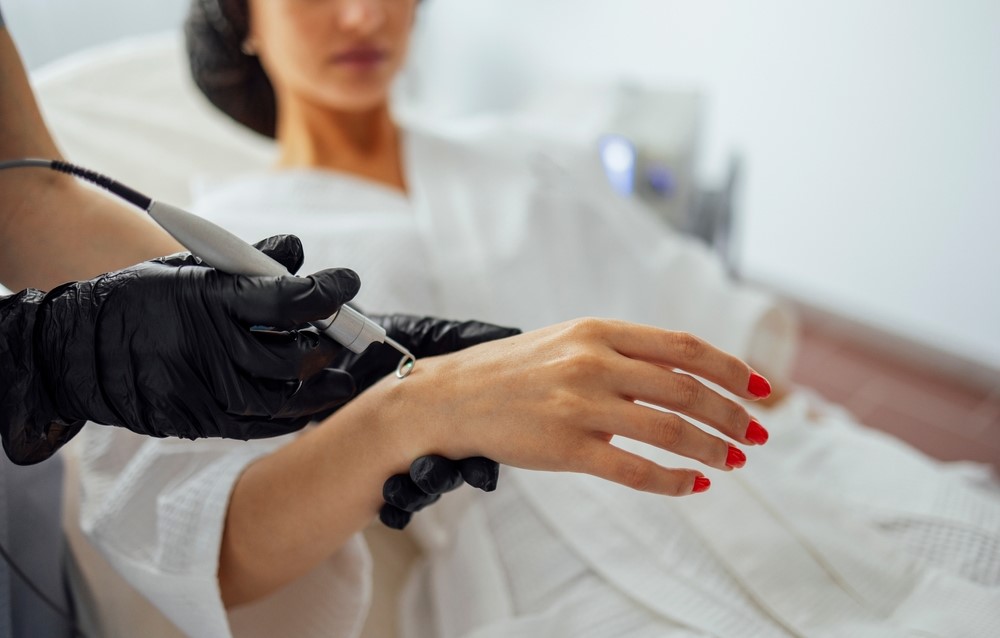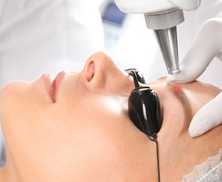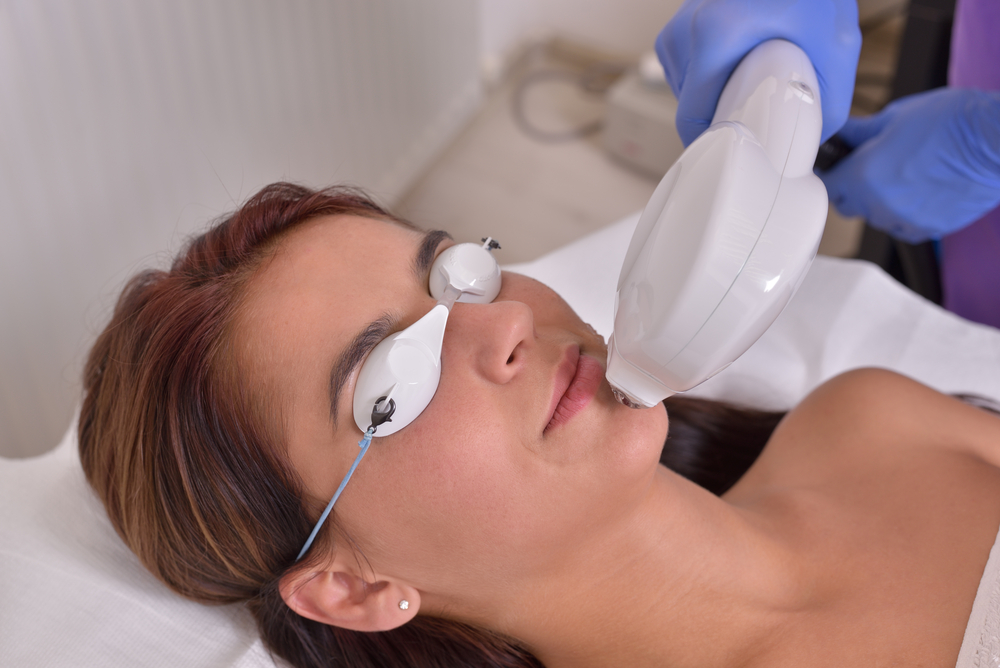Laser treatment has gained immense popularity as a cosmetic process that normally focuses on anti-ageing and pigmentation. From the elite class, it has widely spread to a more socio-economic market that includes the standard consumer. The availability of laser treatment has increased due to the rising demand of pigmentation treatment among consumers and fluid technological progress. This procedure is also known as laser re-surfacing.
The fundamental functions of laser treatment:
• First of all existing pigmented skin tissue that is responsible for the occurrence of dark patches on the skin is removed.
• Secondly, the formation of melanin in the affected area of the body is stopped so that the pigmentation will not recur.
The main aim of the laser pigmentation treatment is to give the patient a smooth, consistent skin tone. Areas of the body which are commonly affected by pigmentation due to sun exposure include the face, shoulders, back, arms, chest and other areas.
How does laser treatment work?
Highly developed precision technology is used for laser treatment of any kind. A powerful beam of light hits the pigmentation area by the means of a laser generator. Skin cells absorb this light and it breaks them down. During this process the unwanted cells are burnt and healthy ones remain unaffected.
































 020 8012 8582
020 8012 8582